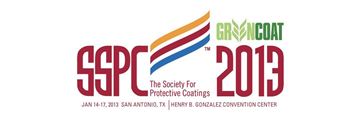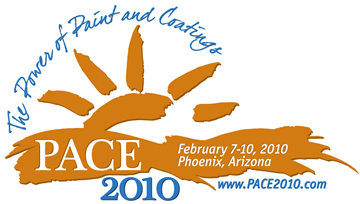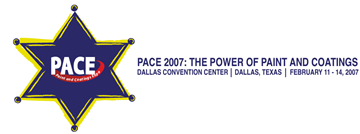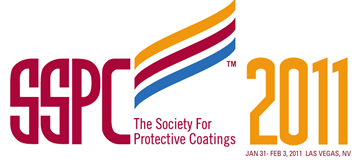Search
Conference Papers
View as
Sort by
Display
per page
The Ultrasonically Induced Cavitation Erosion of Fiber Glass Reinforced Epoxy and Nodular Cast Iron (NCI) in Seawater
Product Number:
51319-13296-SG
Publication Date:
2019
$20.00
The United States Marine Corps (USMC) Corrosion Prevention and Control (CPAC) Program
Product Number:
41213-780-SG
Publication Date:
2013
$20.00
The Use and Validation of Fugacity in H2S Testing, as Part of Flexible Pipe Armour Wire Qualification
Product Number:
51321-16286-SG
Publication Date:
2021
$20.00
The Use of 13Cr4Ni Valves in Extreme Sour Conditions: Why It Works
Product Number:
51319-12765-SG
Publication Date:
2019
$20.00
The Use of Caoting Thickness Gauges for the Measurement of AntiCorrosion Coatings on Structural Steel
Product Number:
41206-242-SG
Publication Date:
2006
$20.00
The Use of Coatings for Corrosion Control on Offshore Oil Structures
Product Number:
41206-219-SG
Publication Date:
2006
$20.00
The Use of Composites in Facility Integrity Programs
Product Number:
51323-18976-SG
Publication Date:
2023
$20.00
The Use of Contemporary Painted Coatings to Restore the Appearance and Performance of Exterior Historic Architectural Elements at the West Virginia State Capitol
Product Number:
41210-557-SG
Publication Date:
2010
$20.00
The Use of MP-ICDA ICPM to Evaluate Design Implications for a New Kuwait Crude Oil Pipeline
Product Number:
51321-16270-SG
Publication Date:
2021
$20.00
The Use of Optically Activated Pigmented Epoxy Systems in Water Storage Tanks
Product Number:
41207-345-SG
Publication Date:
2007
$20.00
The Use of Personal Protective Equipment and Regulations & Standards Affecting Safe Abrasive Blasting
Product Number:
41211-601-SG
Publication Date:
2011
$20.00
The use of Secondary Ion Mass Spectrometry (SIMS) in Quality Control of Electroplated and Baked High-Strength Steels
Product Number:
51300-11290-SG
ISBN:
2011 11290 CP
Publication Date:
2011
$20.00














